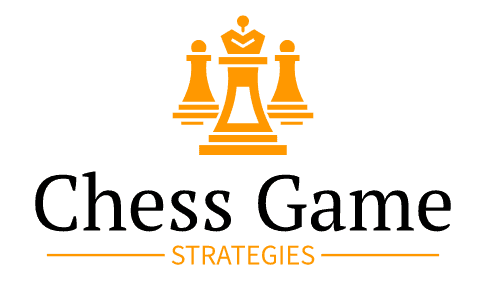![Qualitative Pawn Majority : Point Count Chess: [+]](https://www.chess-game-strategies.com/wp-content/uploads/2021/01/Qualitative-Pawn-Majority-Point-Count-Chess--300x116.jpg)
About This Article…
This article includes my notes, additional images and interactive chess positions from my study of Horowitz & Mott-Smith’s book, Point Count Chess.
Source:
Point Count Chess,
Chapter 22. King Position and Offside Majority (p255-266)
IMPORTANT: None of the following examples specifically features a Qualitative Pawn Majority, but they do feature instances where one side has a Majority of Pawns, be they on one flank, or in the Center. So, that’s why I’ve grouped them all together, within this Qualitative Pawn Majority section.
- Two Against One
- The Minority Attack
- The Offside Majority
- The Four-to-Three Wing
- Gaining the Offside Majority
- Offside Majority v. Minority Attack
“Qualitative” means looking at both sides and seeing which side has the least weakness (think Weak Pawns).
If both sides have 4 pawns, but one side has Doubled, or other Weak Pawns, then the better side with 4 pawns would have the “qualitative” majority.
In Diagram 1, below, Black would have the Qualitative Pawn Majority, owing to White’s very poor Doubled Pawns on f2 & f3 …
Diagram 1: Black’s Qualitative Pawn Majority
on the Kingside of the board.
Black has a Qualitative Kingside Majority. In this situation, White will probably play e2-e4 to exchange pawns there and try to straighten out his pawn structure, but he will still be 3 pawns facing 4 pawns, so a Qualitative Majority is a point for Black, in the current position.
Remember, Weak Pawns are the subject to focus on here, not Weak Squares. The thing to be aware of in assessing Qualitative Pawn Majority is to look at how well the Pawns could work together in future moves, rather than any squares they may have left weakened, by a Pawn having advanced. Diagram 2 will help clarify things …
Diagram 2: White’s g-Pawn leaves Holes at h3 and,
potentially at f3, but the structure isn’t weak.
White’s pawn structure is not weak. Even though the pawn on g3 creates two Backward Pawns on f2 and h2, having the Bishop on g2 actually makes this quite a strong formation.
And, yes, while there is a Hole at h3, it would not be possible, with correct play on both sides, for an army with three pawns to create a Passed Pawn against another army of pawns. The Holes do not count for the Majority, only the weakened pawn moves.
Remember, a Hole is a weak square, not a weak pawn.
As a suggestion, you need to get into your mind that squares and pawns are as different as pawns and pieces, and learn their unique characteristics … Here we are talking about Pawn Majority, so you need to look at pawn structure, not square structure.
Moving On: Point Count Chess, Examples (Page 2).



